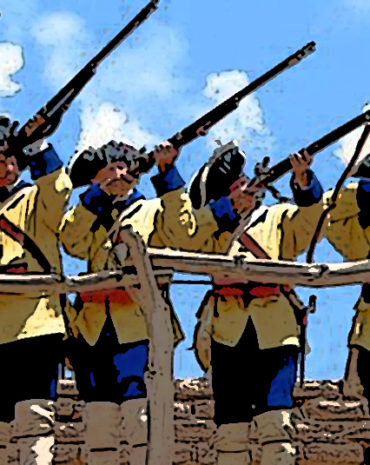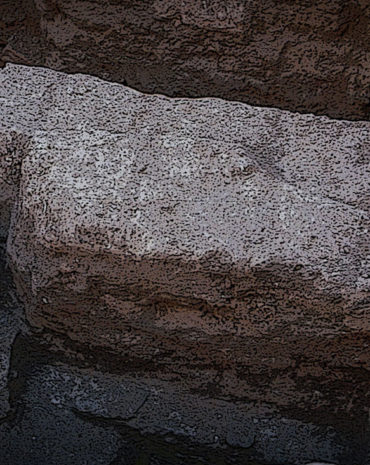 Nov 6
Nov 6What Happened to Ventura Robledo?
Jim Vint recently completed a survey on historic ranchland north of Arivaca, Arizona. His background research led first to Ventura Robledo, and then to discrepancies between newspaper stories and a coroner's inquest. Either way, Robledo met a tragic end. Miguel Moreno has a Ranch House out buildings & corrals in…










